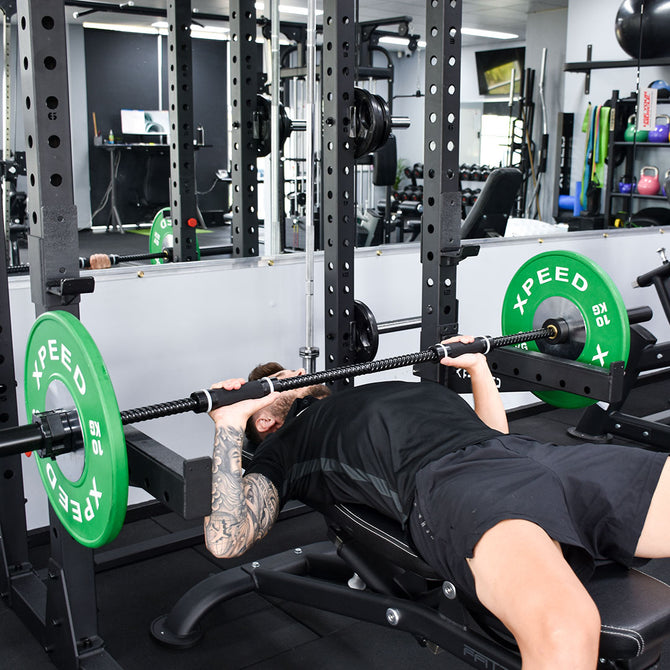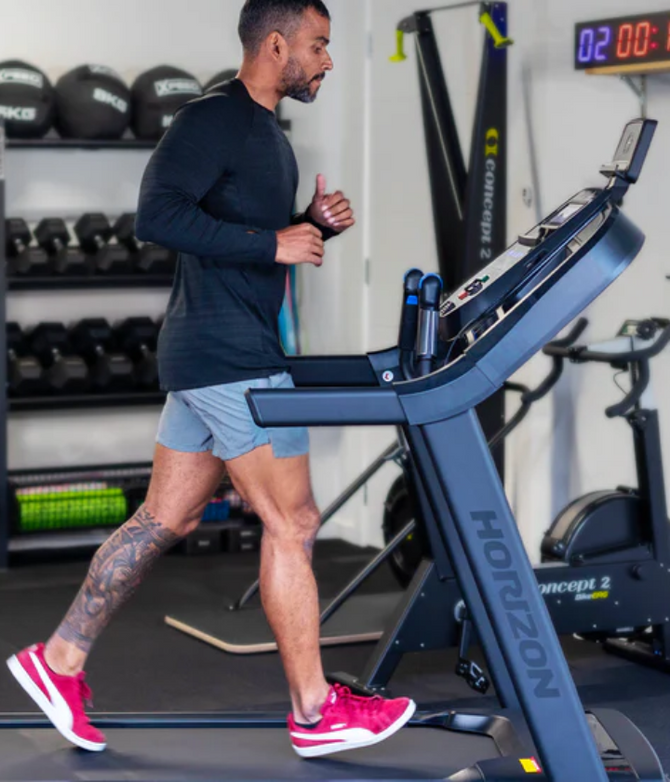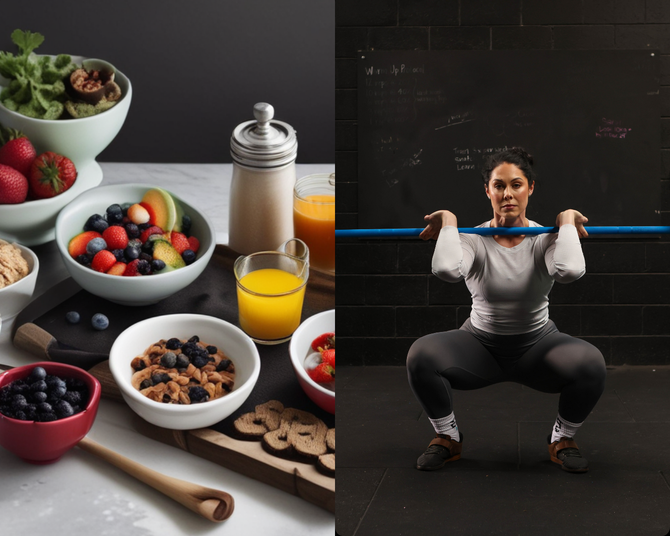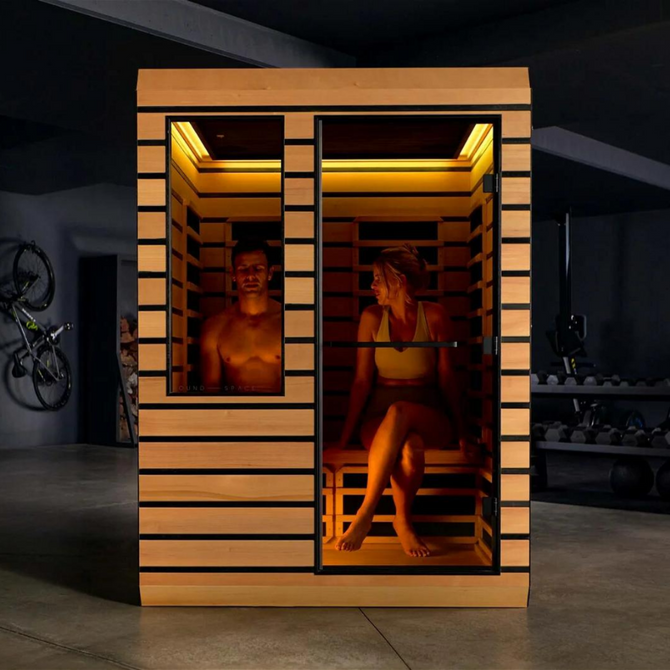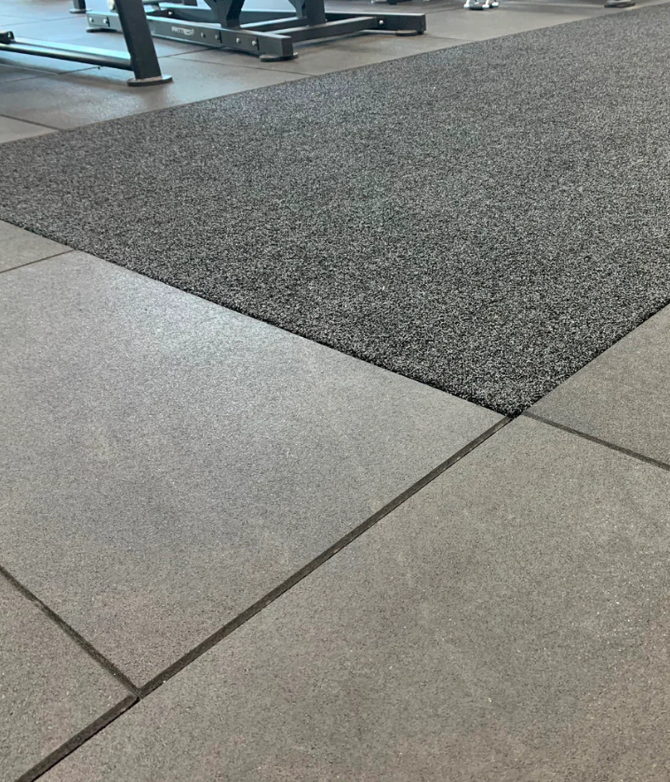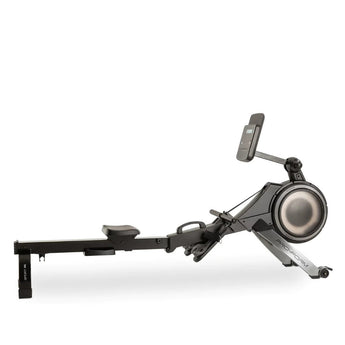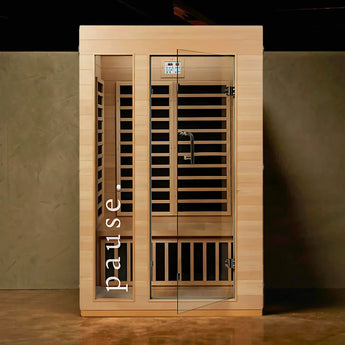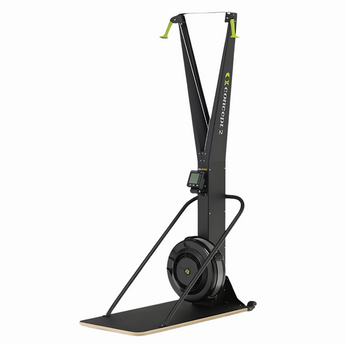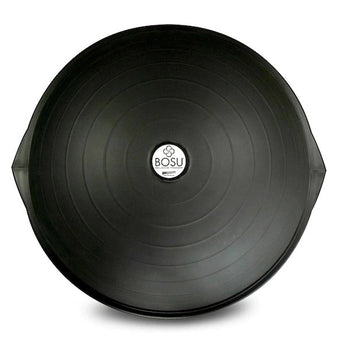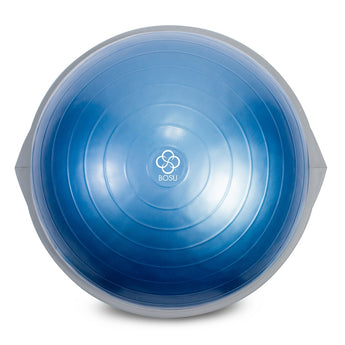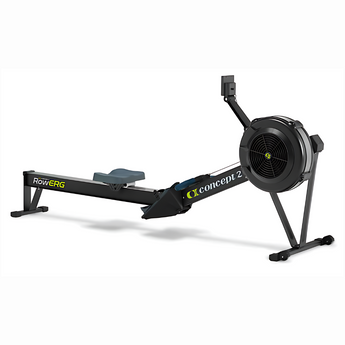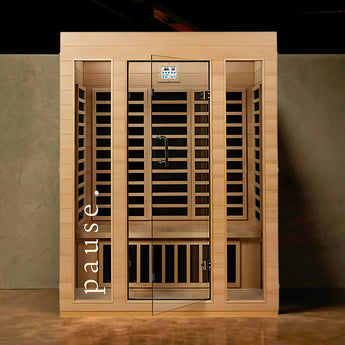7 Secrets To Learning The Deadlift
The Deadlift is a favourite exercise of ours at Fitness Warehouse. One of the reasons is that you don’t need much gym equipment, if any, to do them. Want to be functional for life or grow lean muscle? Learn to love this movement because it will help you put on muscle mass, build your core and give you super powers. We might be lying about the super powers. But before you get carried away with deadlifts... you'll need to learn how to hip hinge properly! Which is one of, if not the most important movement patterns to learn. It's essential to have sound technique for the hip hinge as it is a prerequisite for exercises like kettlebell swings, deadlifts and squats. Not only that, it has carry-over into your everyday life.
Essentially the hip hinge is the movement when the body bends downward and in half. Think “bend and snap” from the movie Legally Blonde, except with a little more neutral spine and less high heels. Learning this basic move will help you build real world, functional strength for life. Essentially making your body it’s own piece of fitness equipment.
One thing to note is that poor mobility is an important aspect of being able to do the hip hinge. So if your hamstring, thoracic spine and hip mobility is an issue you’ll need to resolve before learning a new motor pattern such as the hip hinge and deadlift.
Common mistakes
Before we jump right into the 7 Secrets To Learning The Deadlift there are some common mistakes made when learning to deadlift, we’ll briefly summarise them below.
It’s not a squat
Both the Squat and the Deadlift are compound movements, the easiest way to categorize them is to say that the squat is a pushing exercise and the deadlift is a pulling exercise.
Spinal awareness
One common issue in general is people not being aware of what is going on with their back during exercise, are they overarching or are they hunching the shoulders. Maintaining a neutral spine with the deadlift is very important for injury prevention.
Flexing the spine
Rather than hinging from the hip it is not uncommon to see people flexing the spine. When deadlifting with weight such as a KB or barbell, a flexed spine during the deadlift is a dangerous position for the spine to be in and can lead to injury.
Too heavy too early
Good things come to those who wait, the deadlift is not an exercise to rush through the learning progressions.
7 Drills
With all of that being said here’s 7 simple drills to help you on your way to a killer deadlift. If reading is not your thing we’ve got a short video for you as well.
- Hip Rocker - This exercise is all about getting the hips moving. On all fours, rock back and forth from the hands to the knees. This is a great base level move to feel the hip hinging.
- Bear Rocker - This drill is a progression of the hip rocker. It challenges you to see if you can flex at the hip without moving the spine, hunching/rounding the back etc.Position yourself on your hands and toes with your knees slightly bent, essentially the start position of a bear crawl. Again, rock back and forth on your hands and toes to make sure you can feel the hips hinging. This is a great test to see if you overarch your lumbar spine in flexion or extension of the hips.
- Hip Bridges - The goal here is to teach the glutes to do the extension instead of your hamstrings or lower back. Lie on your back with your knees bent at a 45 degree angle, brace your core, push your heels into the floor, squeeze your glutes and drive your hips up to make the bridge.
- Wall Taps - Again the goal here is to train the hips to initiate the move. Stand about a foot away from a wall, with the feet about shoulder-width apart. Push the hips back towards the wall, not by tilting the pelvis but by hinging, stay soft at the knees, tap the wall with your bum whilst keeping a neutral spine, return to the start position, repeat. This drill is super effective because it helps you understand that the movement is generated from the hips and not the knees.
- KB Taps - With this exercise we’re increasing that hip hinge motor pattern, as we flex at the hip, the groins, glutes, hip flexors are working together to allow us to reach that KB handle. Elevate the KB off of the floor slightly (in our video we used some bumper plates). Stand with your feet about shoulder width apart, push the hips back as you activate that hinge motion, as you lower your torso towards the ground, pretend you’re looking over the edge of a cliff without falling off. This will help you keep balance and is a nice coaching cue to maintain a neutral spine. With the arms hanging straight down from the body lightly tap the KB handle.
- KB Handle Grips - Again we’re layering on top of the hip hinge motor pattern by gripping the KB handle, making sure that your hamstring mobility isn’t getting in the way of allowing you to reach that depth. If it is, work on fixing hamstring mobility before you try and deadlift. Stand with your feet about shoulder width apart, push the hips back as you activate that hinge motion, as you lower your torso towards the ground, pretend you’re looking over the edge of a cliff without falling off. This will help you keep balance and is a nice coaching cue to maintain a neutral spine. With the arms hanging straight down from the body firmly grip the KB handle, release grip and return to the start position.
- KB Deadlifts - Here we put everything in practice from the KB handle grips drill to complete the deadlift move with weight added. Stand with your feet about shoulder width apart, push the hips back as you activate that hinge motion, as you lower your torso towards the ground, pretend you’re looking over the edge of a cliff without falling off. This will help you keep balance and is a nice coaching cue to maintain a neutral spine. With the arms hanging straight down from the body firmly grip the KB handle, drive your hips forward and raise your torso back to the start position, bringing the KB up with you as you stand up. The KB should move in a straight line up and down.
And there you have it. 7 drills to help you develop and understand the hip hinge movement, which will allow you to correctly perform the deadlift pattern. The drills are set out in this order to allow for any corrections to form you may need along the way. For example, if you cannot maintain a neutral spine position in the Bear Rocks, it is not safe for you to progress forward and Deadlift with weight added. There may be some underlying mobility issues with your thoracic spine or hamstrings. Once you’ve worked through those limitations, you can then progress onto the next drill.
 Written by Fitness Warehouse Personal Trainer, Simon Mitchell.
Written by Fitness Warehouse Personal Trainer, Simon Mitchell. 

